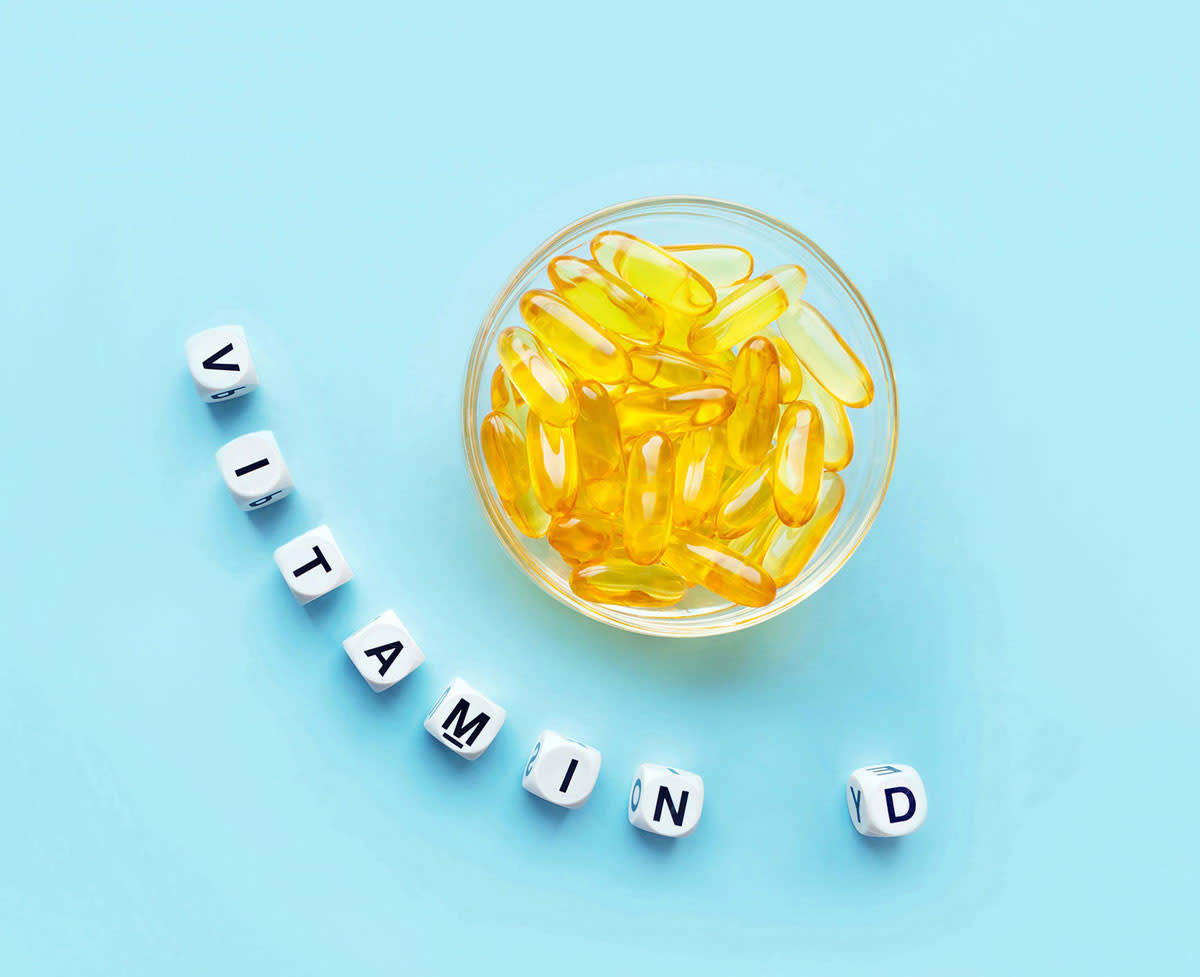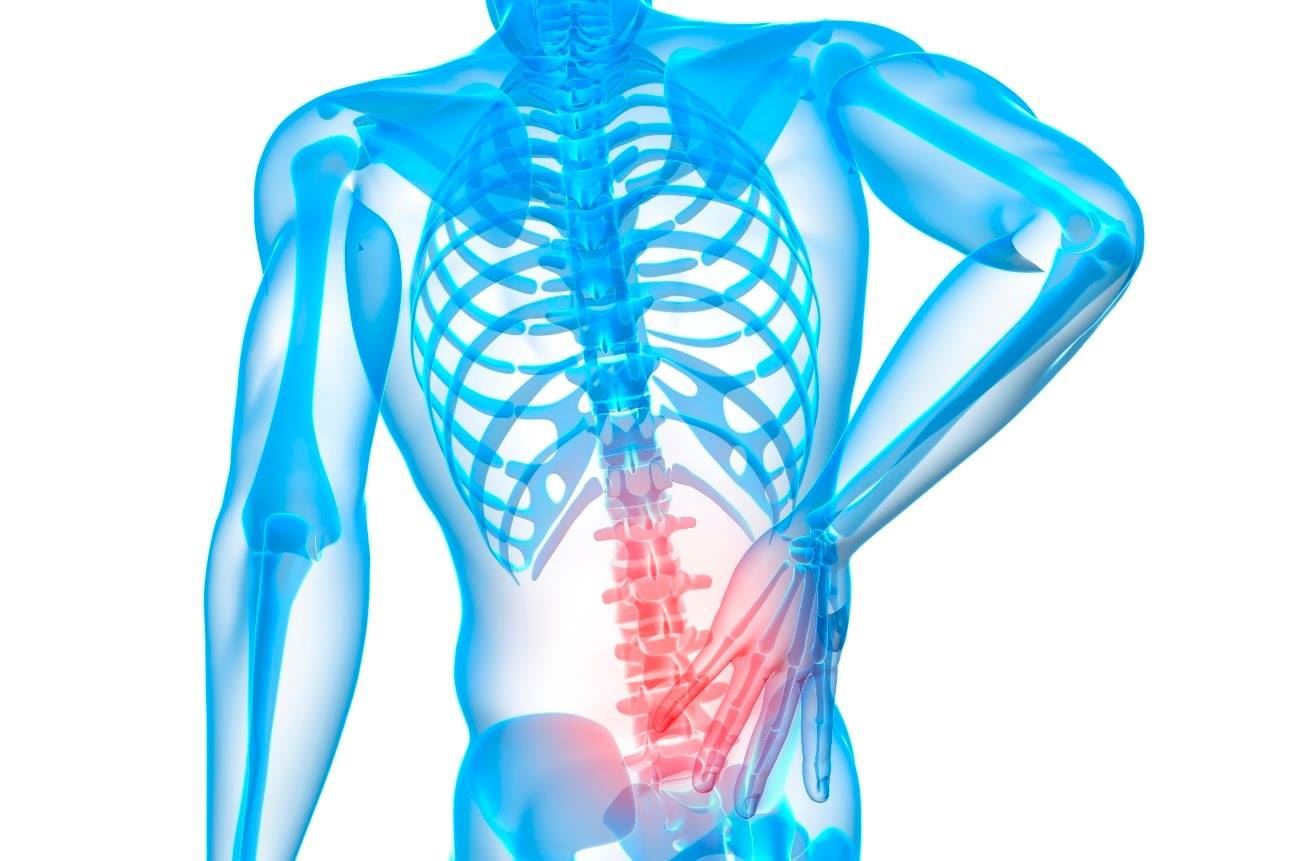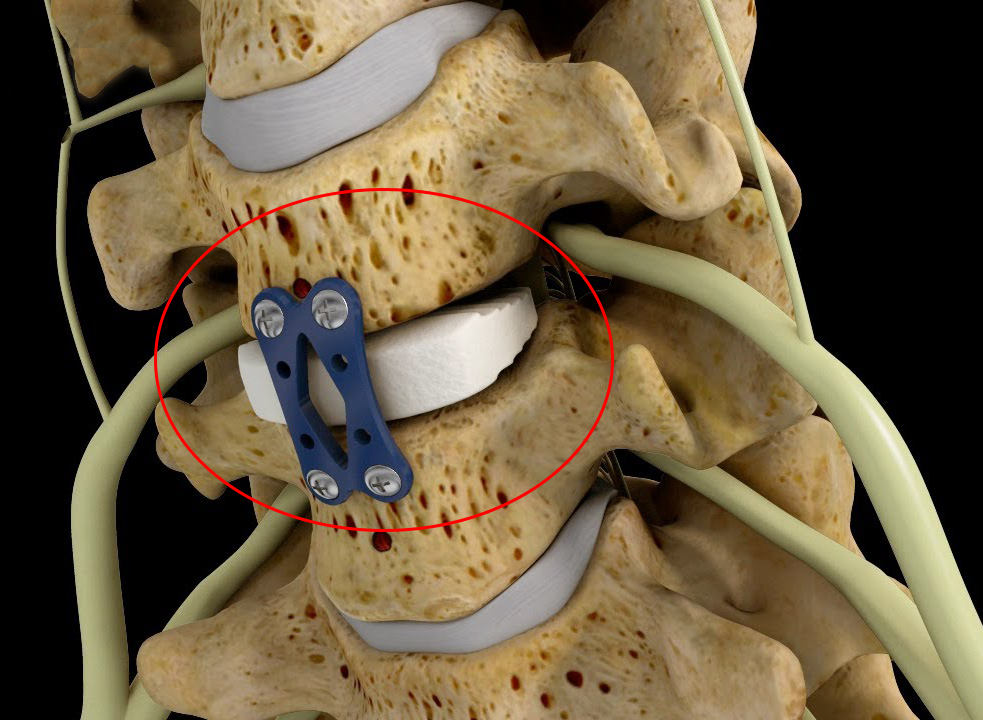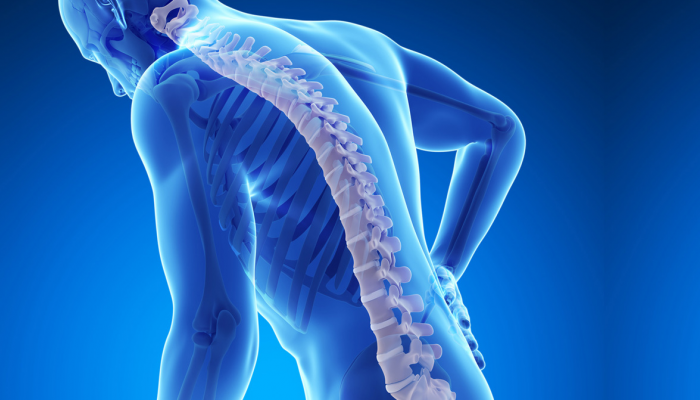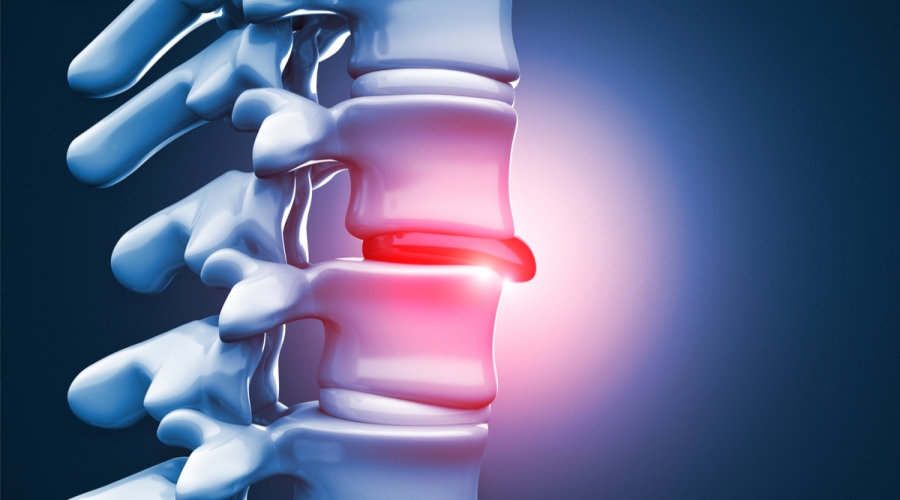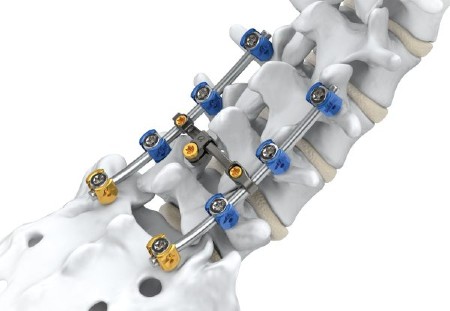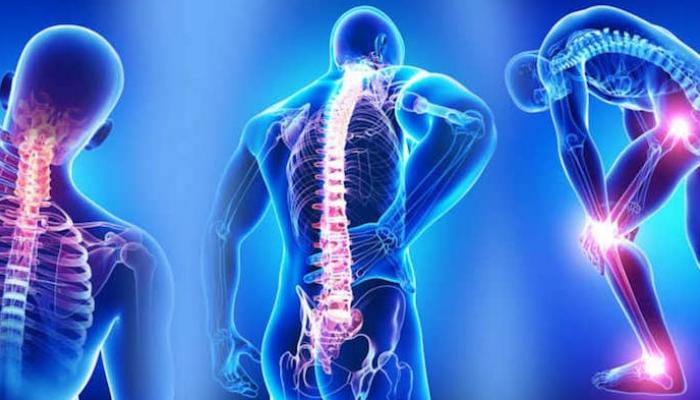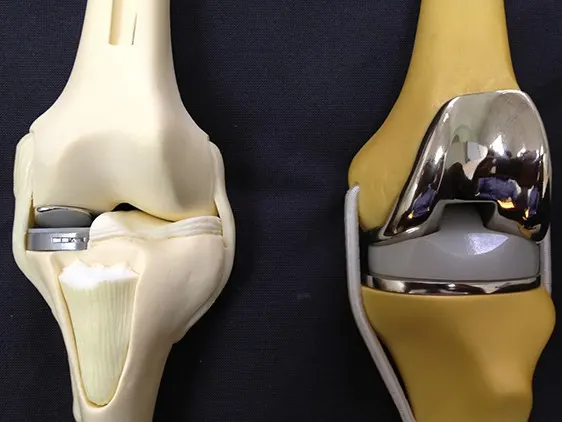Discover the treatment for muscular rheumatism and what are the symptoms of this disease?
Muscular Rheumatism Treatment
Muscular rheumatism treatment: 5 important steps for pain relief
Muscular rheumatism can be painful and hinder the affected person’s natural movement. If you are suffering from this condition and want to get pain relief, there are several steps you can follow to improve and alleviate the symptoms. Let’s take a look at five important steps for treating muscular rheumatism.
- Consult a doctor: Before starting any type of treatment, it is essential to consult a specialist doctor. The doctor should diagnose your condition and determine the appropriate treatment for you based on the severity of the symptoms and the presence of any other diseases.
- Physical therapy: Physical therapy may be beneficial for patients who do not respond sufficiently to corticosteroids. These treatments may include strength and movement exercises, breathing exercises, and thermal therapy. Talk to your doctor to find out if this treatment is suitable for you and can be followed.
- Use of corticosteroids: Most people with muscular rheumatism may need to use corticosteroids for a period of up to a year or more. You should continue taking the medication as directed by the doctor and have regular follow-up visits to evaluate the treatment’s effectiveness.
- Injections and immune-modifying drugs: Some cases may require other interventions, such as cortisone injections or immune-modifying drugs to alleviate symptoms. These treatments should be prescribed by the treating doctor based on your specific condition.
- Additional tests: You may need to undergo additional tests to confirm the diagnosis of muscular rheumatism and rule out other causes of pain. This may include magnetic resonance imaging (MRI) and giant cell arteritis testing. Discuss these tests with your doctor and whether they are necessary for your case.
With the consultation of a specialist doctor and following the steps mentioned above, you can improve your quality of life and alleviate the pain caused by muscular rheumatism. Do not hesitate to talk to your doctor to learn more about the appropriate treatments for you.
Can Muscular Rheumatism Be Cured?
Muscular rheumatism is a chronic disorder that affects muscles and the surrounding tissues. It can cause severe pain and stiffness, leading to many questions among patients, including whether a cure for this condition is possible. In this article, we will shed light on this topic and highlight what experts say.
- Complete recovery is not possible: According to the experiences of individuals with muscular rheumatism, experts say that complete recovery from this disorder is not possible. This is due to its chronic nature, where symptoms can persist and worsen over time.
- Symptom management: While complete recovery is not possible, symptoms can be managed, and quality of life can be improved. Doctors recommend a comprehensive treatment plan that may include anti-inflammatory medications, physical therapy, and appropriate exercise.
- Early treatment is crucial: Studies suggest that starting treatment early can be highly beneficial in reducing symptoms and the impact of this disorder on the body. Therefore, if you have symptoms suggestive of muscular rheumatism, it is essential to consult your doctor as soon as possible.
- Long-term treatment: The treatment of muscular rheumatism often requires long-term commitment. Patients may need to use anti-inflammatory medications, nerve therapy, and other therapeutic approaches for over a year.
- Continuous communication with the doctor: During treatment, patients should regularly consult their doctor to monitor treatment effectiveness and watch for any side effects. This may also involve adjusting dosages or changing the treatment used.
- Maintaining a healthy lifestyle: Maintaining a healthy lifestyle may contribute to improving the condition of individuals with muscular rheumatism. Regular exercise, getting enough sleep, and having a balanced diet are recommended.
In summary, muscular rheumatism cannot be completely cured, but it can be effectively managed through appropriate treatment and self-care. It is essential to consult your doctor to establish an appropriate treatment plan and adhere to it to control symptoms and improve the quality of life.
What Are the Symptoms of Muscular Rheumatism?
Muscular rheumatism is an inflammatory disorder that affects muscles and causes pain and stiffness. It can be characterized by several symptoms that may occur suddenly or gradually. Here are some symptoms of muscular rheumatism:
- Fatigue and tiredness: Affected individuals experience a general feeling of fatigue and extreme weakness due to inflammation in the muscles.
- Joint pain: Patients suffer from acute or chronic joint pain, especially in the shoulders and hips.
- Joint Swelling: Pain in the affected joints may be accompanied by swelling.
- Joint Warmth: Affected joints may feel warm to the touch due to inflammation in the muscles.
- Joint Stiffness: Patients may experience difficulty in moving the affected joints, and movement may be challenging and painful.
- Other Symptoms: Patients may also feel pain in the jaw and head, and rheumatism can affect different areas of the body, such as the neck, arms, buttocks, and thighs.
- Difficulty in Movement: Rheumatism may be associated with difficulty in moving the affected joints. You may find it hard to move the joint or experience a feeling of disability during your daily activities.
- Red Stains on the Skin: In severe cases of rheumatism, red stains may appear on the skin near the affected joints. If you notice red stains on your skin, it may be a sign of disease progression.
- General Symptoms: Some general symptoms may be associated with rheumatism, such as extreme fatigue, difficulty sleeping, loss of appetite, and anemia. If you frequently experience these symptoms for an extended period, it is advisable to undergo a medical examination to check for rheumatism.
There are no specific symptoms for muscular rheumatism, and the severity of the disease may vary from person to person. Individuals with any of the mentioned symptoms should consult rheumatology specialists to assess their condition and obtain appropriate diagnosis and treatment.
How to Treat Rheumatism at Home?
- Use Natural Remedies: Natural remedies can help alleviate pain and fatigue associated with rheumatism. You can apply warm or cold compresses to painful areas to relieve pain. Engage in stretching and muscle strengthening exercises to improve your ability to tolerate pain and enhance the movement of affected joints.
- Achieve a Balanced Diet: Consuming a healthy and balanced diet may help strengthen the immune system and reduce inflammation in the body. Eating foods rich in omega-3 fatty acids, such as fish, and dietary supplements like fish oil, may be beneficial for reducing inflammation.
- Use Natural Herbs: There are some herbs that may help alleviate symptoms associated with rheumatism, such as ginger, turmeric, and cinnamon. It is advisable to consult a doctor before using any natural herbs to ensure there are no interactions with other medications you may be taking.
- Practice Meditation and Relaxation: Meditation and relaxation techniques are recommended to control pain, reduce stress, and alleviate the psychological tension associated with rheumatism. Yoga and deep breathing can support overall relaxation and relaxation of the body and mind.
- Maintaining a Healthy Weight: Controlling excess weight can reduce the pressure on painful joints and alleviate rheumatism-related symptoms. Eating a healthy diet and engaging in regular physical activity can help maintain a healthy weight and alleviate symptoms.
- Developing a Healthy Lifestyle: Avoiding smoking and reducing alcohol consumption can contribute to reducing inflammation and worsening rheumatism symptoms. Ensuring an adequate amount of rest and good sleep is essential to support the body’s recovery and pain reduction.
Individuals experiencing chronic rheumatism symptoms should consult their doctor before trying any home remedies. A physician can provide professional advice on using home treatments and discuss the best and safest options for each individual.
What Is the Strongest Treatment for Rheumatism?
Rheumatism is a chronic and painful condition that affects the body’s joints. While there is no definitive cure for this disease, there are several treatment options that can help alleviate symptoms and improve patients’ quality of life. In this article, we will discuss the most potent treatments available for rheumatism.
Disease-Modifying Antirheumatic Drugs (DMARDs): These drugs include medications like methotrexate, hydroxychloroquine, and sulfasalazine, which help alleviate symptoms and improve joint function. The use of these medications typically depends on the recommendation of the treating physician and the patient’s condition.
TNF Inhibitors: This group of drugs includes injections administered under the skin or medications given intravenously, such as adalimumab and infliximab. These medications work to prevent joint inflammation and reduce symptoms.
Corticosteroids: These medications are used in low doses to alleviate pain and inflammation in the joints. Corticosteroids include prednisone and prednisolone.
TNF Inhibitors – Fish Oil: According to preliminary studies, fish oil supplements may reduce the pain of rheumatoid arthritis and improve symptoms. Fish oil is known for its anti-inflammatory and pain-relieving properties.
Physical Therapy: Physical therapy can be effective in improving joint movement and reducing pain. This includes massage techniques and exercises for strength and hydrotherapy.
Proper Nutrition: A healthy diet can play a role in reducing inflammation and improving rheumatism symptoms. It is advisable to consume fiber-rich foods, fresh fruits and vegetables, and olive oil.
How Can I Alleviate Rheumatism Pain?
Taking Corticosteroids: Corticosteroids are an effective treatment for relieving rheumatism pain. Many individuals who take corticosteroids for the treatment of rheumatic muscle pain respond well and return to their previous level of activity.
Therapeutic Massage: Therapeutic massage can be effective in relieving rheumatism pain. Massage helps improve blood circulation and muscle relaxation, reducing pain and swelling.
Physical Therapy: If you have gone through a period of reduced activity due to rheumatism pain, physical therapy can be beneficial. Physical therapy strengthens the muscles surrounding the affected joints and improves their movement.
Weight Loss: Weight loss is important in relieving rheumatism pain, as excess weight places a significant burden and pressure on the joints. It is recommended to follow a healthy diet that contains essential nutrients for the body and joints while avoiding foods rich in fats and sugars.
Hot and Cold Therapy: Hot and cold therapy can be used to alleviate rheumatism pain. Ice packs can be applied to inflamed joints to reduce inflammation and numb the area, while warm water or heating can improve blood circulation and alleviate muscle spasms.
Avoiding Potential Trigger Foods: Some foods and beverages may exacerbate rheumatism symptoms. It is preferable to avoid foods rich in purines, nuts, eggs, and gluten.
Low-Impact Exercise: Low-impact exercises such as swimming and yoga encourage joint strengthening and improved flexibility, helping to reduce rheumatism pain.
Consulting a Doctor: In cases where rheumatism pain worsens or does not improve after trying home treatments, it is important to consult a doctor. The doctor may recommend changing treatments or refer you to another specialist, such as a rheumatologist, for a thorough assessment and appropriate treatment.
When Does Rheumatism Pain Go Away?
When it comes to rheumatism, pain is a common and bothersome symptom that patients experience. Many people may wonder when rheumatism pain goes away and what factors affect the duration of the pain. In this article, we will take a look at the nature of rheumatism pain and its duration.
Duration of Pain:
- Although rheumatism is considered chronic and may accompany a patient throughout their life, the pain’s course can vary from person to person.
- Some patients may experience painful flare-ups that last for several weeks, while others may suffer from continuous pain throughout the year.
Effect of Rest and Activity:
- The intensity of pain and patients’ response to treatment and pain relief can vary from person to person.
- Some patients may experience significant improvement in pain after receiving treatment and rest, while in some other cases, pain may remain constant.
Medications and Treatments:
- Patients’ response to different medications and treatments may play a role in the duration of the pain.
- Anti-inflammatory medications can help alleviate pain and reduce swelling. Patients may also be prescribed rheumatism-specific medications to reduce joint inflammation and symptoms.
Self-Care Measures:
- Some self-care measures can contribute to calming and reducing pain.
- Patients are advised to avoid excessive stress, extreme fatigue, and ensure relaxation and good sleep. Regular low-impact exercise is recommended, and strenuous activities that increase pain should be avoided.
General Changes in Rheumatism:
The pattern of pain may change during different stages of the disease. Some patients may experience consistent pain intensity over long periods, while rheumatism may intermittently flare up, worsening symptoms and pain.
In summary, rheumatism is a chronic condition that can accompany a patient for a long time. The pattern and duration of pain can vary from person to person, and the response of patients to different treatments depends on each individual’s condition. Therefore, it is crucial to communicate with a specialized physician for proper diagnosis and treatment planning.
What should a rheumatism patient eat?
What should a rheumatism patient eat? 10 Beneficial Foods
Rheumatism is a term that encompasses a group of diseases that affect the musculoskeletal system, causing pain and joint stiffness. Rheumatism patients face multiple health challenges, and their diet may be affected due to these health problems.
In this article, we will present the top ten foods that promote health and contribute to improving the condition of rheumatism patients:
- Fatty Fish: Fish such as salmon, sardines, and tuna contain omega-3 fatty acids that help reduce joint inflammation.
- Olives and Olive Oil: Extra virgin olive oil contains anti-inflammatory compounds that help alleviate symptoms associated with rheumatism.
- Seeds and Nuts: Seeds like flaxseed, hemp, and chia contain healthy fats and antioxidants that strengthen the immune system.
- Dark Leafy Vegetables: Such as spinach, kale, and Swiss chard, they contain essential vitamins and minerals for joint health.
- Legumes: Including beans, lentils, and chickpeas, they provide protein and dietary fiber that promote overall health and reduce inflammation.
- Spices: Such as turmeric, ginger, and garlic have anti-inflammatory properties and help strengthen the immune system.
- Citrus Fruits: Such as oranges, lemons, and strawberries, they contain vitamin C and antioxidants that promote overall health.
- Dairy and Dairy Products: Such as yogurt and milk, they provide essential calcium and vitamin D for bone health.
- Whole Grains: Such as oats, brown rice, and whole wheat, they contain dietary fiber and vitamins that promote digestion and overall health.
- Water: Drinking an adequate amount of water is essential to maintain body hydration and lubricate the joints.
Foods to Avoid:
In addition to beneficial foods, there are some foods that should be avoided to prevent the exacerbation of rheumatism symptoms. These foods include:
- Grilled or Fried Meats: They contain high levels of saturated fats that can increase joint inflammation.
- Omega-6 Fatty Acids: Found in vegetable oils, processed foods, fried foods, and fast food, they can promote inflammation and worsen rheumatism symptoms.
- Sugary Foods: Such as carbonated drinks and processed sweets, can lead to increased swelling and worsen symptoms.
- Hydrogenated Oils: Such as hydrogenated butter and oils used in bakeries and fast food, contain fats that cause inflammation.
- Monosodium Glutamate (MSG): Added to many processed foods and ready-made meals, it can exacerbate symptoms in some rheumatism patients.
There is no miracle diet that can completely cure rheumatism, but following a healthy diet and avoiding inflammatory foods can improve the quality of life and alleviate symptoms. Before making dietary changes, it is advisable to consult with a doctor or nutritionist for suitable recommendations for your health condition.
Can Walking Treat Rheumatism?
Here is a list that highlights the most important information about the benefits of walking in treating rheumatoid arthritis:
Strengthening Muscles and Joints: Walking is considered one of the primary exercises that enhance the strength and flexibility of muscles and joints. Stronger muscles can better support the joints, reducing muscle tension and improving joint stability.


